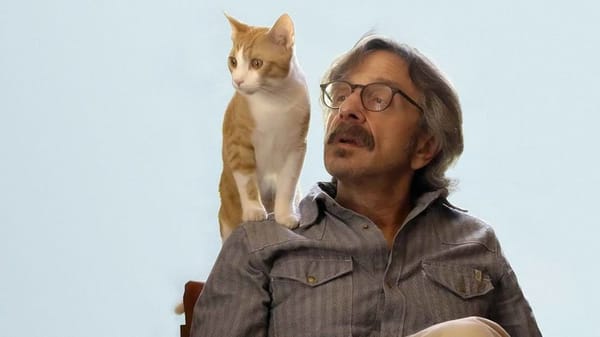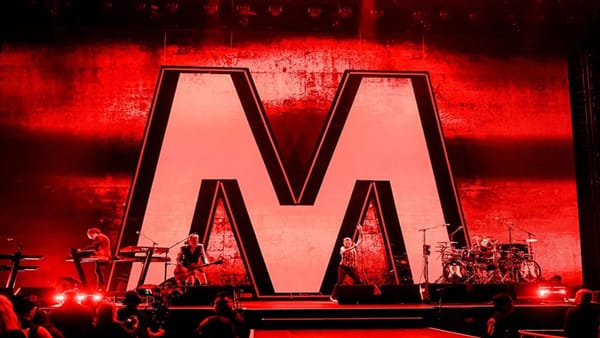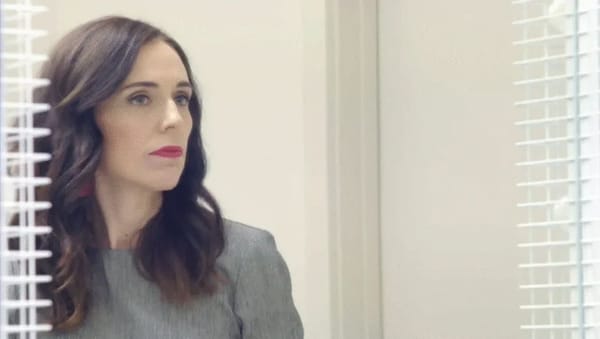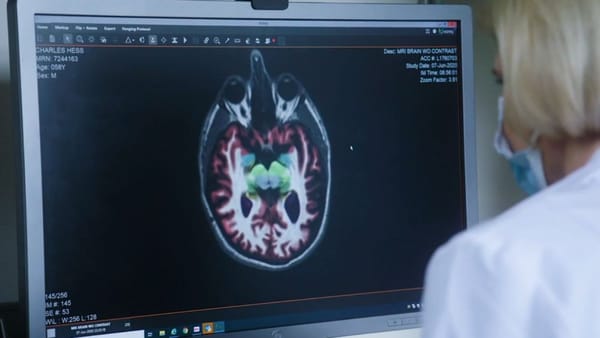Australian Histories – Homecomings (dir. Dirk de Bruyn, 1988)
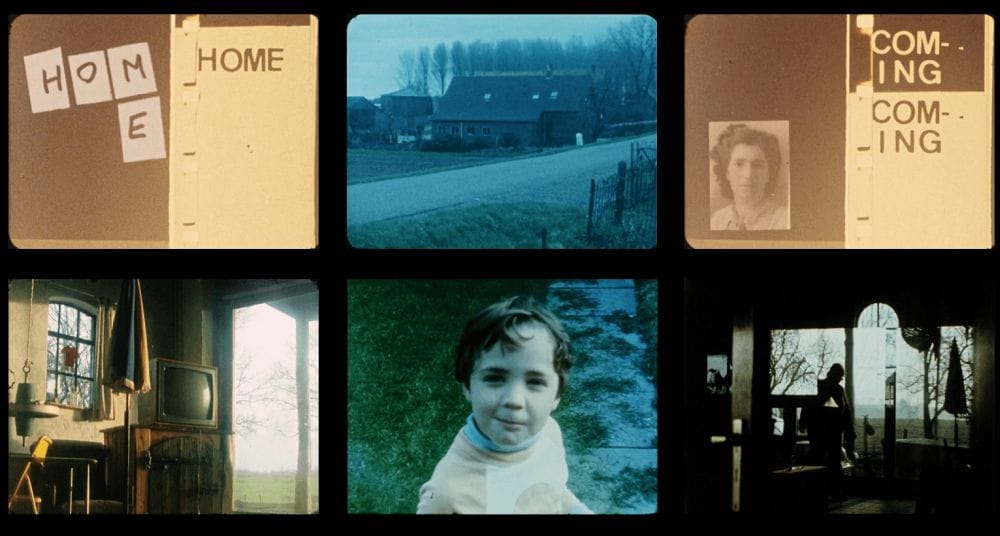
When I think of my childhood, a lot of my memories are overcast. And I don’t mean that in a sad way. Rather, I just seem to remember the grey and wintery over the golden summers that Australia is more famous for. Maybe it was the memory bleed of being a kid on a Saturday night sitting in the family living room listening to music with giant headphones plugged into the stereo hifi while mum and dad watched chilly British crime shows like The Bill (I shared a room with my older brother so it was probably all I could do). It’s memories of days at the football with my family at Kardinia Park or Waverley or whatever other suburban ground we went to at the time, returning late into the darkness of night (in reality only 7pm, but the nights turn dark early in Melbourne in Winter). It’s watching Video Hits and Rage on weekend mornings when the skies were gloomy, or trips to the grandparents house in the rather dreary suburb of Norlane near the Shell refinery. Were more movies shot in the colder months then, too? Looking back at stuff like Malcolm and Proof and Mull it certainly feels like it. Maybe it’s all just an illusion. Who can really know?
It's not that I don’t have summery memories. I did all of the above things when it was sunny, too! But for whatever reason, the images that sticks in my now as I type this, are of a decidedly more… well, overcast colour. In Dirk de Bruyn’s diary documentary Homecomings, one of the speakers (either Dirk or his partner, Alison, I unfortunately don’t recall) notes that the light in Holland is different to that of Australia. And yet as I watched this collative personal feature, I couldn’t help but think of images in my own mind of my own childhood. The cold looks different to me today to what I remember in my mind at that younger age so who's to say if either of us are more right than the other? Who even cares about 'right' when that sensory guard in your brain locks in? Although, granted, I did grow up around far fewer canals and barges, of course. Not a common sight in the Geelong in the late 1980s and the 1990s, I can be certain of that.
The film charts a return journey for Dirk and Alison with their two young children, Kees and Abram—the latter just a baby—to Dirk’s home in Holland for an extended stay. Kees even learns Dutch and goes to school. The two partners share narration, noting the differences and the similarities and the anecdotes of being two Australians in Dirk’s homeland with family (including an ailing uncle) and revisiting old sights of significance in Dordrecht. Shot on 16mm, it looks a lot like the works of Jonas Mekas and the like, capturing fragments and minor details that coalesce into something that feels much larger. It truly hums and bounds off of the screen. Bursting with life and a desire to show something to Australian audiences (first and foremost), even through the avant-garde, that were uncommon on Australian screens. Marg Downey had an entire sketch show character on Fast Forward about the funny Europeans and their weird stuff that would appear on SBS in late hours, which I definitely thought of several times throughout. In a neat reversal of that antipodean view of the world, at one point Alison observes that her family must be perceived as the “sloppy Australians” with their uncouth manners and ways of dress as compared to even the rural-living locals of the area they are staying in.
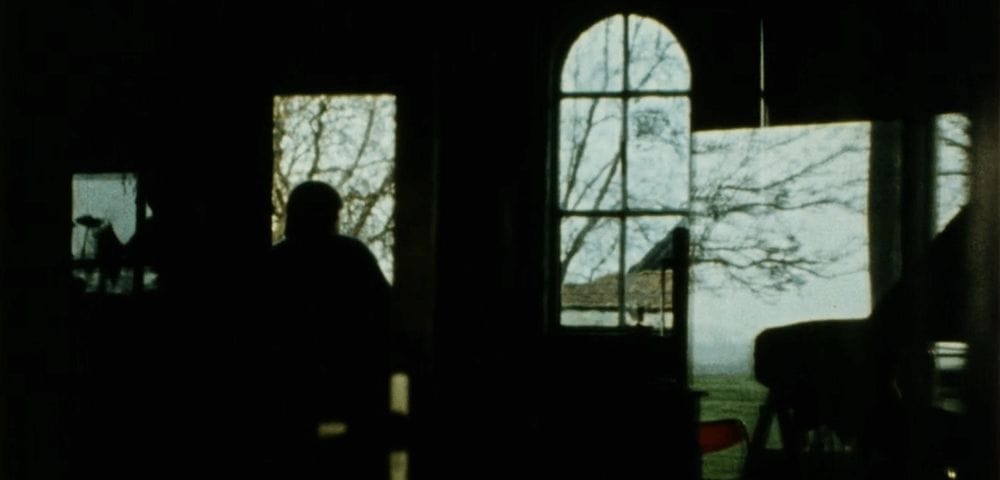
Ambition pushes de Bruyn far, though. Because Homecomings isn’t just a visual diary film. It isn’t just a man with a camera filming home movies recalling his youth of family immigration to Australia (although that’s quite fascinating, particularly in the latter half of the film where we learn a bit about the relationship between Dirk’s father and grandfather). It’s also a captivating work of long-form experimental cinema. He takes elements of the avant-garde and incorporates them throughout. There are moments of quick-cut image collage that for modern audiences may recall the works of Jodie Mack, with its patterns and wallpaper. There are frame inversions, stop motion, in-frame refractions, painted celluloid and recurring use of a bright flashing white light that produces an effect not unlike that of an x-ray. Bodies turned into lumbering shapes of painted colour.
Even within the more traditional sequences of the film, the filmmaker finds ways to merge his avant-garde flourishes with the day-to-day of life in Holland. Timelapse most commonly, never more so vivid or hypnotic than later sequences in Rotterdam where the family has since moved. The blue glow of an analogue television set in a dark room, a constant emanating force from a much less homely high-rise apartment that still somehow overlooks a sheep paddock. The image is almost like something out of Ringu or its American remake a decade-plus later. Those memories of youth come flooding back of watching television as a child. It also really highlights how very little technology there had been up until that point, perhaps its own form of commentary. Elsewhere, a simple but extended collage of his uncle’s paintings is rendered enigmatic thanks to the rhythms of de Bruyn’s editing and the lack of English subtitles. The occasional return to images of barges floating down canals take on the consistency of observational cinema, like Chantal Akerman or somebody of that sort.
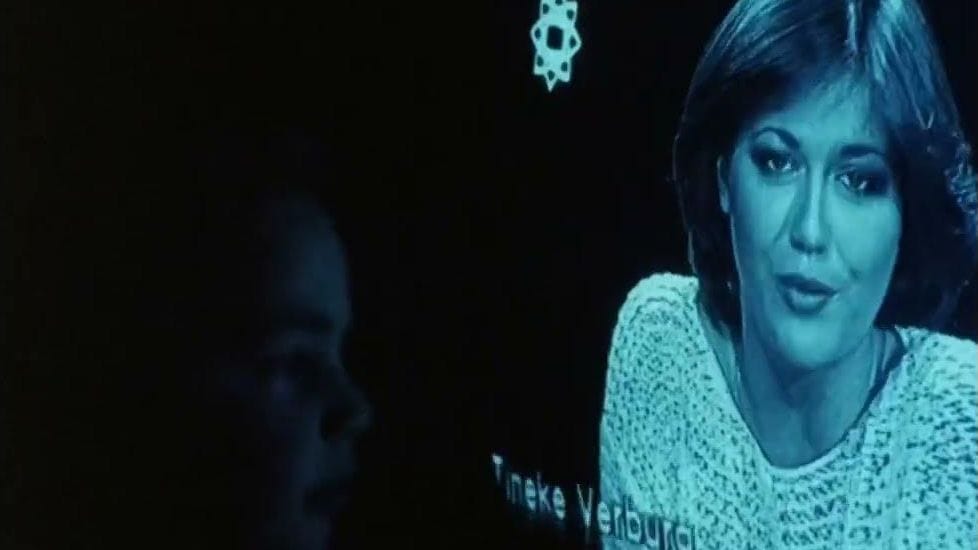
By happenstance, de Bruyn also appears to have made a film in the 1980s that speaks to the here and now of 2025, albeit subtly, with its signalling of his home country’s past as a colonising territory with a history in slavery. These are themes that would address quite prominently in more recent works; a recent Melbourne Cinematheque evening that screened Homecomings also screened Telescope, a film of two distinctly different visual and audio stories, the latter largely focusing on Australian news and media soundbites about the First Nations people of this country and governmental responses to them (it was more of a interesting experiment than a wholly successful film). In Homecomings, it comes in the form of images of Black Pete, a blackface minstrel character who’s also something of a Santa Clause type character. There are also references to Tintin and something called Sjors & Sjimmie. De Bruyn says these comics and stories taught him to read. It’s a thought process to wonder how many others they taught to read and accept racist stereotypes, too.
With an incredible use of music by Michael Luck and evocative, sometimes strange sound design, Homecomings is a work of documentary and experimental cinema that should rank among the greats from this country. In the way that Corinne Cantrill’s totemic autobiographical In This Life’s Body, which feels like it has gained steam in the last decade as the greatest work of non-fiction produced in this country, how great would it be to see Homecomings begin to receive that sort of recently. That film has screened several times in recent years (after being virtually unviewable outside of the Cantrill’s own home) including at the Melbourne International Film Festival where Homecomings premiered in 1988. Oh to be in some small theatre watching this on 16mm! Perhaps it’s just a matter of finding places to screen the damn thing. Funny how that can work, sometimes. But the great thing about this sort of film is that is we don’t need the rest of the world to know about them in order to cherish every frame of them. I had wanted to write a bit more about this film, but time eludes me and so I think I’ll keep the rest close to me instead. I think it’s better that way.
If you would like to support documentary and non-fiction film criticism, please consider donating by clicking the above link. Any help allows me to continue to do this, supports independent writing that is free of Artificial Intelligence, and is done purely for the love of it.
